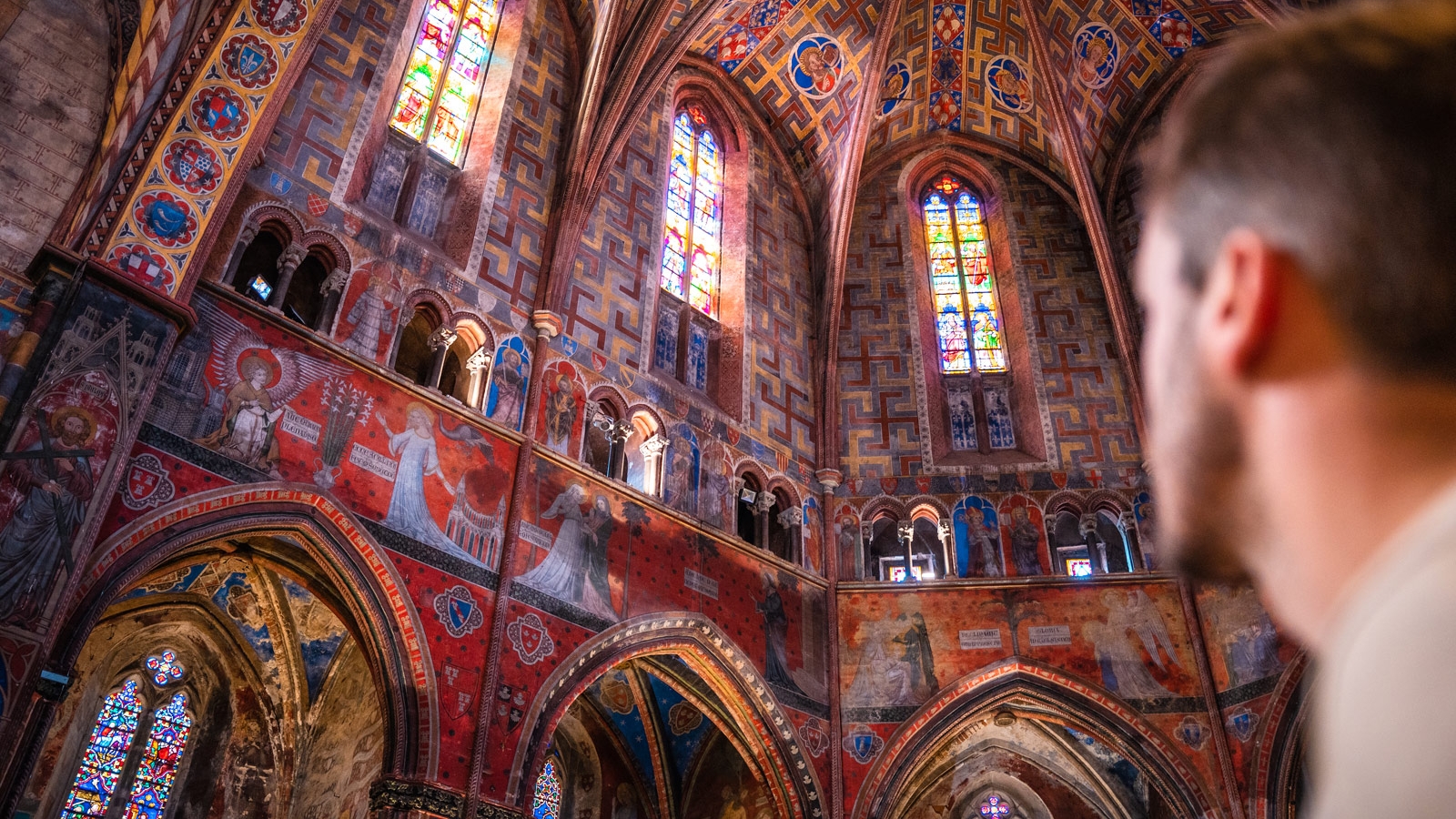
Notre Dame du Bourg in Rabastens
Notre Dame du Bourg is 700 years old and is still looking good! Since 1988 the church has been honoured as a Unesco World Heritage site as part of the pilgrim route called ‘The Way of St James’.

A bit of history
Rabastens, is situated on the ancient road that linked Lyon to Toulouse via Rodez – the road to Santiago de Compostela that pilgrims have always followed. In the 12th century, Benedictine monks from the Moissac Abbey founded a priory in the Bourg neighbourhood of Rabastens and built a chapel there. Its proximity to the River Tarn, which allowed the monks to transport their wine to Bordeaux, was no doubt another important factor in their choice of location.
Destination "The Pilgrim's Way to Santiago de Compostela in France"
Not much of the original chapel remains now, but the doorway, with its eight decorative columns, still marks the entrance to the building. At the end of the Albi Crusades in 1229, the chapel was rebuilt after suffering serious damage. The reconstruction was completed around 1260 and the old chapel became a parish church. The choir was added in the 14th century and was completed in 1318 to add a final impressive touch to the church we see today.



A seriously flamboyant interior
The richness of the decoration inside the church is breathtaking, with red as the dominant colour, accented by blue and gold. And the frescos are both magnificent and moving. We’re maybe used to more sober interiors when we visit medieval churches, as the colours have often faded over time. But the interior of Notre Dame du Bourg owes its stunning preservation to a bizarre turn of events. In the 16th century, when the French Religious Wars were in full effect, the church was looted by the Protestants, who then turned the building into a military barracks. When the Catholics finally reclaimed their church, they covered it in lime to ‘purify’ it. It was only when some restoration work was being carried out in the 19th century that paintings – hidden under the lime for centuries – were rediscovered, preserved in fabulous condition.
The ‘swastikas’ painted on the walls can disconcert some visitors, but it’s important to understand that this symbol predates its use by the Nazis. It’s an ancient sacred symbol, common to many faiths and many eras, that represents movement and life.
Note: the church of Notre-Dame du Bourg will be closed to the public for restoration work in 2023.








